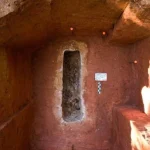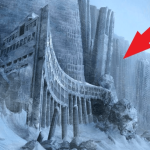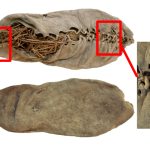Temple of the Moon: A Secret Treasure Beneath Machu Picchu, Reached Through a Thousand Stone Steps to a Meticulously Constructed Granite Cave Temple

The Temple of the Moon is one of Machu Picchu’s best-kept secrets, a hidden gem that few visitors to the famed Incan site get to experience. Tucked away on the backside of Machu Picchu, this remarkable temple requires a descent of approximately 1000 stone steps, leading explorers into a secluded part of the mountain where this extraordinary structure resides.
What makes the Temple of the Moon so captivating is not just its hidden location, but the architectural ingenuity it showcases. Built with stunning precision, the temple is constructed from white granite stones, meticulously fitted together without the use of mortar. This technique, known as ashlar masonry, demonstrates the Incas’ advanced understanding of stonework and their ability to create enduring structures that have withstood the test of time and seismic activity. The seamless joints of the granite blocks create an almost surreal, polished appearance, contributing to the temple’s ethereal beauty.
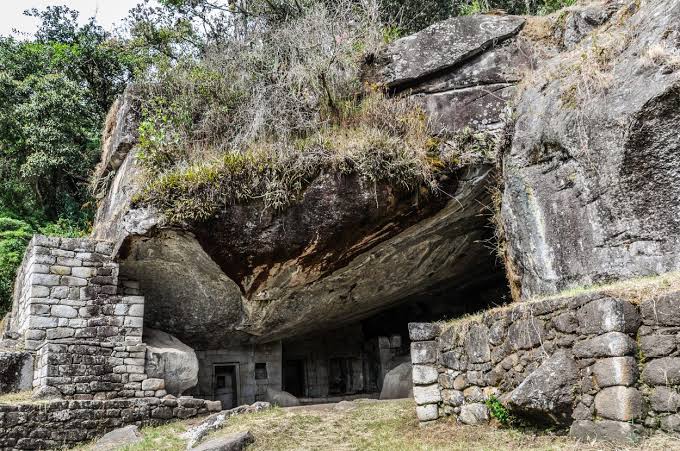
The temple itself is built into a natural cave in the mountainside, blending harmoniously with its rugged surroundings. This integration of man-made and natural elements reflects the Incan philosophy of living in harmony with nature. The cave likely held spiritual significance, and the temple’s construction within it suggests that it was a site of considerable religious or ceremonial importance. Visitors who make the effort to descend to this secluded spot are often struck by the sense of tranquility and reverence that the temple evokes.
The journey to the Temple of the Moon is an adventure in itself. The 1000 stone steps wind through the lush landscape surrounding Machu Picchu, offering breathtaking views of the verdant valleys and towering peaks. As explorers make their way down, the sounds of the bustling ruins above give way to the peaceful whispers of nature, heightening the sense of entering a sacred, untouched place.
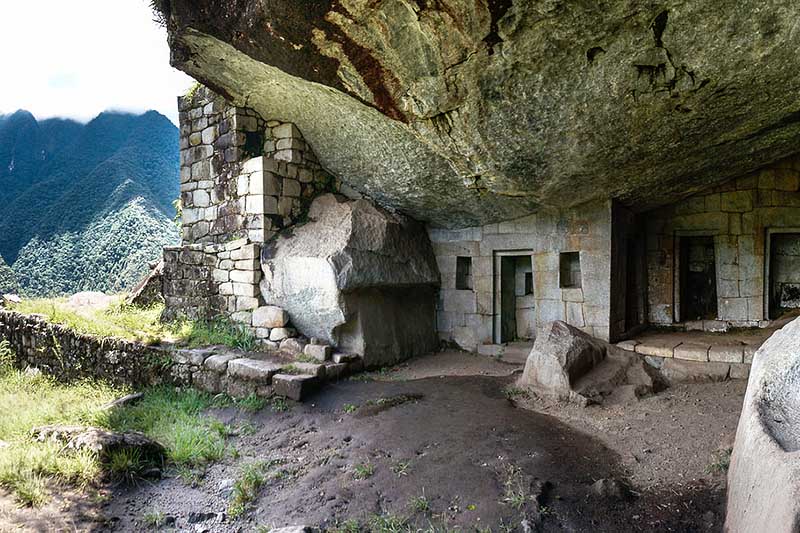
At the temple, intricate carvings and niches can be found, adding to the mystery and allure of the site. These features suggest that the temple was used for important rituals, possibly involving offerings to deities or ancestral spirits. The exact purpose of the Temple of the Moon remains a subject of speculation among historians and archaeologists, but its construction and location indicate it played a significant role in the spiritual life of the Inca civilization.
The temple’s position on the backside of Machu Picchu also offers a different perspective of the iconic citadel. From this vantage point, the grandeur of the main site is juxtaposed with the serene isolation of the Temple of the Moon, providing a more comprehensive understanding of the complexity and scope of Incan architecture and urban planning.
In conclusion, the Temple of the Moon is a fascinating and lesser-known aspect of Machu Picchu that rewards those who venture beyond the well-trodden paths. Its hidden location, architectural sophistication, and spiritual significance make it a must-visit for anyone seeking to fully appreciate the marvels of Incan civilization. The journey to this hidden gem not only reveals the temple itself but also offers a deeper connection to the ancient culture that once thrived in these mountains.
